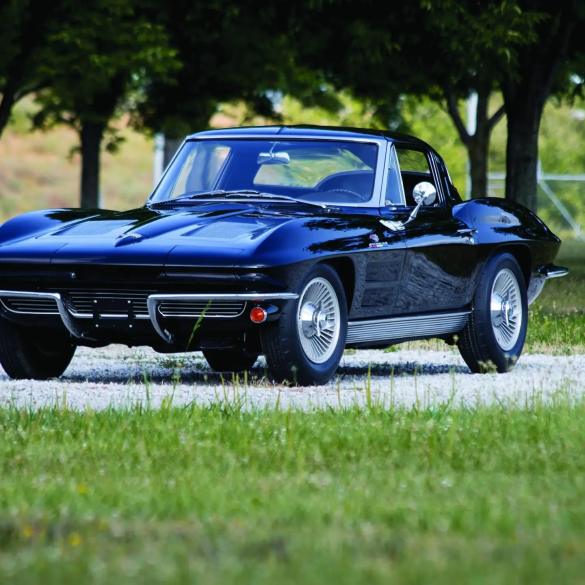1967 C2 Chevrolet Corvette Model Guide
History, Specifications, VIN, Options, Performance, & More
In-Depth Guide / Special Models / Videos & Pics / Technical Research / Colors / Engines / The Market / Latest
There were varying reports as to why General Motors decided to keep the current model around for one more year. Some speculated that the launch of the C3 was intentionally delayed because Chevrolet had introduced the Camaro to its lineup in 1967. Although many critics and enthusiasts proclaimed that the 1967 Corvette Sting Ray would in fact be the first of an entirely new generation of Corvettes, it turned out that it would actually be the last – and most refined of the C2’s.
Factually, however, most of it stemmed from the large levels of apprehension about Corvette’s successor, especially centered around issues with undesirable aerodynamics. Zora Arkus-Duntov, who had been directly involved with the development of the second-generation Corvette and was now championing the third-gen, had demanded that more time in the wind tunnel be given to the new Corvette prototype. The early results of such testing on the prospective third-generation model had proven that the car had undesirable aerodynamics, an issue Duntov had hoped to clear up well before the new Corvette went into production.

Get all the latest news stories, upcoming auctions, prices, videos and more about the 1967 Chevrolet Corvette! The latest headlines here.